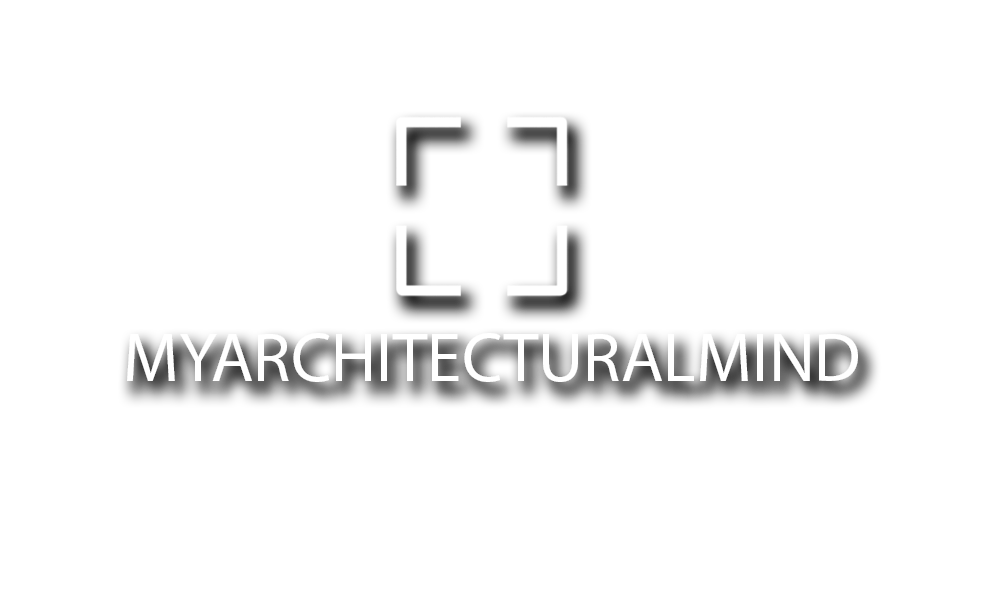Architecture as Cultural Collage, by Diego del Castillo
/Seiichi Shirai - Hiroshima Peace Memorial 1955, Image : Unknown
Critical architecture's purpose is to reevaluate how the built form affects the environment (artificial and natural) and to reexamine the way we live. It allows you and others to rethink the role of architecture and its relation to history (the static). But critical architecture always needs the “other” in order to be critical. To be heard you need an audience…. Critical architecture has the least reach of all architectural approaches, because of its experimental attitude, because laymen find comfort in nostalgia(1).
Architectural nostalgia is embedded in mass culture. Previous attempts to challenge architectural nostalgia, developed into merely graphic and interpretations seeing tradition in terms of iconic elements but still being modern. This architecture developed into a parody of tradition expressed in a contemporary language A question to ask is whether an approach can be rethought so that the dynamics of re-invention and the static nature of tradition can be understood NOT in terms of modernism (or aesthetics) but by themselves as individual entities co-existing and in cooperation (not denying each other but helping us to understand them).
Sie’ichi Shirai’s architecture referred to a cultural universal (not through icons) thus appealing to the layman while still being about overcoming. This apparent contradiction is what made his architecture interesting. His approach though blurred the boundary between the two thus creating a new paradox. Today, mass culture is characterized for being explicit graphically thus its iconic presence is evident. But, could architecture refer today to mass culture and mass society (thus unavoidably touching upon the concept of tradition) without being explicitly iconic?
I think that to create a “laymen-approachable critical architecture”, the boundary between nostalgia and avant-garde needs to be rethought... The collage needs to be reinvented. Through a type of collage, (computer mediated) an architecture as appealing to the layman as it is appealing to the scientist and the intellectual, may be possible (collage uses what is already there, Architectural collage has to use the static). This collage will also reflect our contemporary mediated condition.
(1) TSCHUMI, Bernard, “Six Concepts”


